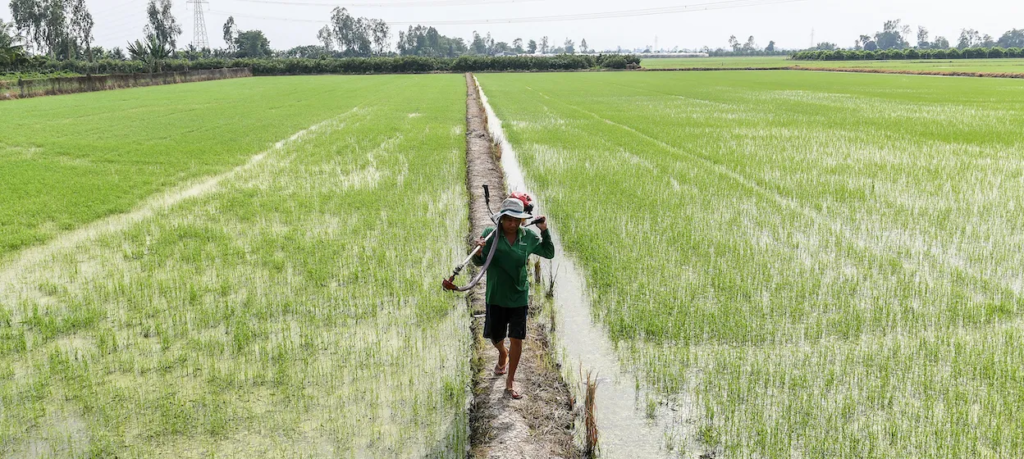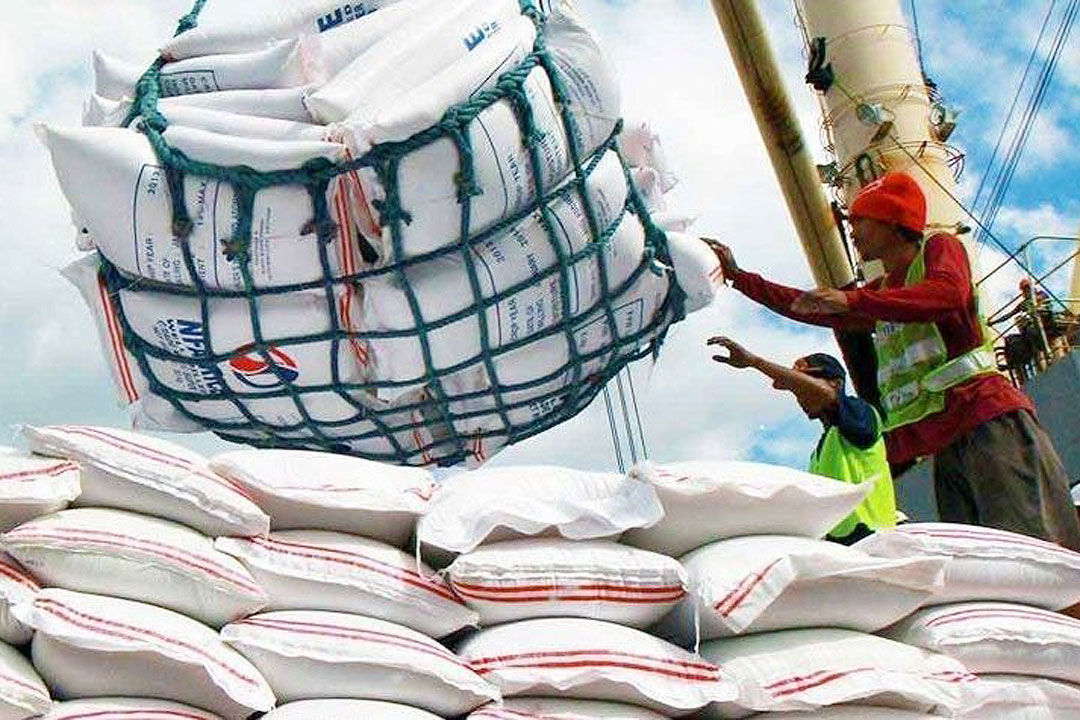Tags
VIETNAM AND THAILAND’S RICE CARTEL IS A HARD SELL – BUT RICE FARMERS NEED MORE HELP

Vietnam and Thailand’s Rice Cartel is a Hard Sell – but Rice Farmers Need More Help
Vietnam and Thailand have repeatedly sought to form a rice cartel to influence rice prices, but such an initiative faces ethical, political and practical hurdles. A rice consortium pursuing multiple objectives offers a better option for developing the rice sector and supporting rice farmers.
Last September, Thai Agriculture and Cooperatives Minister Chalermchai Sri-on hinted at Thailand and Vietnam joining forces to “raise global rice prices”, which would be equivalent to forming a rice cartel. However, his Vietnamese counterparts quickly issued a denial, insisting that no such agreement existed and that Vietnam always “respects market principles and is responsible to global food security”. With global rice prices reaching the highest level in a decade as a result of rice juggernaut India’s recent export restriction, the discourse around a potential rice cartel between the second and third largest rice exporters has reemerged.
The rice cartel concept is not novel. It goes as far back as 2002 when Thailand aimed to establish the Council on Rice Trade Cooperation (CRTC) with Vietnam, India, Pakistan, and China. During the 2008 food crisis, Thailand also proposed forming a rice cartel with four other Mekong countries, namely Vietnam, Laos, Cambodia, and Myanmar. However, the idea was not realised on both occasions because of public backlash and the lack of interest from rice exporters except Thailand and Vietnam.
The revived cartel proposition will confront familiar challenges. Rice plays a pivotal role in maintaining global food security, and it is seen as ethically questionable to artificially hike its price. Second, the idea is difficult to implement as Vietnam and Thailand hold only around 10.4 per cent and 12.3 per cent of the global export market, respectively. To build up enough market power, it is believed that they need to involve the top rice exporter, India, which accounts for 40 per cent of global rice trade, or to entice other regional exporters such as Cambodia and Myanmar to join the cartel. This proves challenging as rice exporters, including Thailand and Vietnam, are also competitors who often engage in a race to the bottom for markets when demand is low. Furthermore, since it is harder to store rice in the way crude oil is stored, a potential rice cartel wouldn’t easily sway the market like OPEC does with oil.
However, creating a consortium of rice-exporting nations might offer benefits. First, while critics worry about a supply monopoly, major rice importers like China and the Philippines have occasionally acted as what economists term “oligopsony”, a group of buyers leveraging market power to drive down prices, sometimes even below the break-even point for rice production. Without enhanced collaboration, it is hard for exporters like Vietnam and Thailand to ensure consistent and fair prices for their rice. In 2022, both countries noted that production costs had doubled without a commensurate price rise. Ultimately, farmers bear the brunt of price volatility. Vietnamese farmers earn an average of around US$160 per month, while half of the farming households in Vietnam’s Mekong Delta possess less than 0.5 hectares of cultivable land. This contrasts sharply with the media’s portrayal of “large-scale rice farmers” who would greatly benefit from a rice cartel.
A rice export organisation could enhance coordination and stabilise prices, thus securing consistent incomes for farmers in participating nations. This is important because, unlike crude oil, rice is much more a result of labour than a mere natural bounty. Without reasonable profits, disgruntled farmers might pivot to more lucrative crops or forsake their fields entirely. In swiftly industrialising Vietnam, many choose factory jobs over manual paddy work. This shift could spell disaster for long-term global food security.
Rice is indispensable for global food security, but expecting Southeast Asian farmers to bear the burden without addressing their pressing challenges — from rising production costs to climate change — is neither fair nor reasonable.
Second, a rice export organisation can focus on other objectives besides raising prices. Vietnam, Thailand, and other rice exporters could collaborate to augment overall rice productivity, share processing and storage technologies, and champion best practices in policy and management. For example, while Vietnam is famous for its high-yield crop — estimated at 5.69 tons per hectare compared with Thailand’s 3.01 tons per hectare — its rice quality is considered lower. This leaves room for cooperation, as Thai farmers have already done in experimenting with Vietnamese rice on more than 160,000 hectares. In addition, knowledge exchange will be particularly beneficial for smaller exporters such as Cambodia. In the long run, the cooperation will raise both the quality and quantity of Southeast Asian rice in the global market.
Third, a rice export organisation could be helpful in addressing lingering transnational issues, such as transboundary water management and climate change. Countries might be more inclined to develop better solutions for Mekong hydropower dam projects, if their interests are more aligned. Thailand and Vietnam are key developers and buyers of Laotian electricity projects, and farmers and the rice export industry form influential interest groups in both countries. As such, they could collectively exert some influence by pressuring their governments for more decisive actions. If Laos were to join this prospective organisation, Thailand and Vietnam could also offer support in rice production and procurement in return for a more comprehensive evaluation of the impacts of its hydropower dams.
Rice is indispensable for global food security, but expecting Southeast Asian farmers to bear the burden without addressing their pressing challenges — from rising production costs to climate change — is neither fair nor reasonable. Rice harvested area in Southeast Asia has stagnated and even declined slightly in recent years, despite escalating demand. The outlook grows grimmer considering half of the Mekong Delta, responsible for 50 per cent of Vietnam’s rice yield and 80 per cent of its exports, might be under sea water by the end of this century.
A supply-controlling cartel will not be the panacea for these issues, and exporters like Vietnam also need to carry out structural reforms within their own rice export industries, such as reducing the number of middlemen to increase farmers’ income. Nevertheless, a multi-purpose consortium could provide a platform to facilitate inter- and intra-regional collaborations as well as to promote rice research. This, in turn, would help ensure a consistent rice supply for the global market.
https://fulcrum.sg/vietnam-and-thailands-rice-cartel-is-a-hard-sell-but-rice-farmers-need-more-help/Published Date: August 21, 2023






